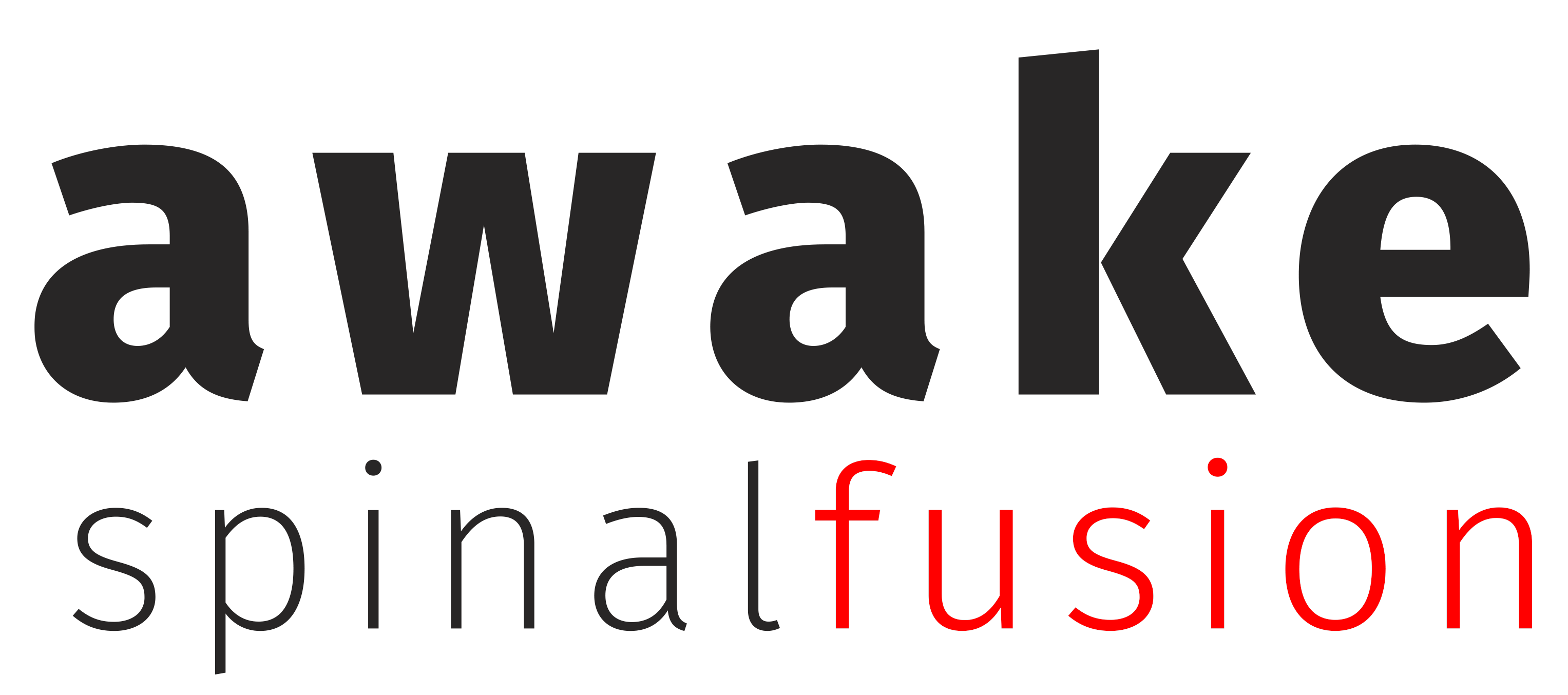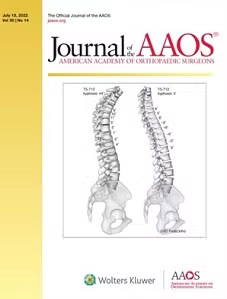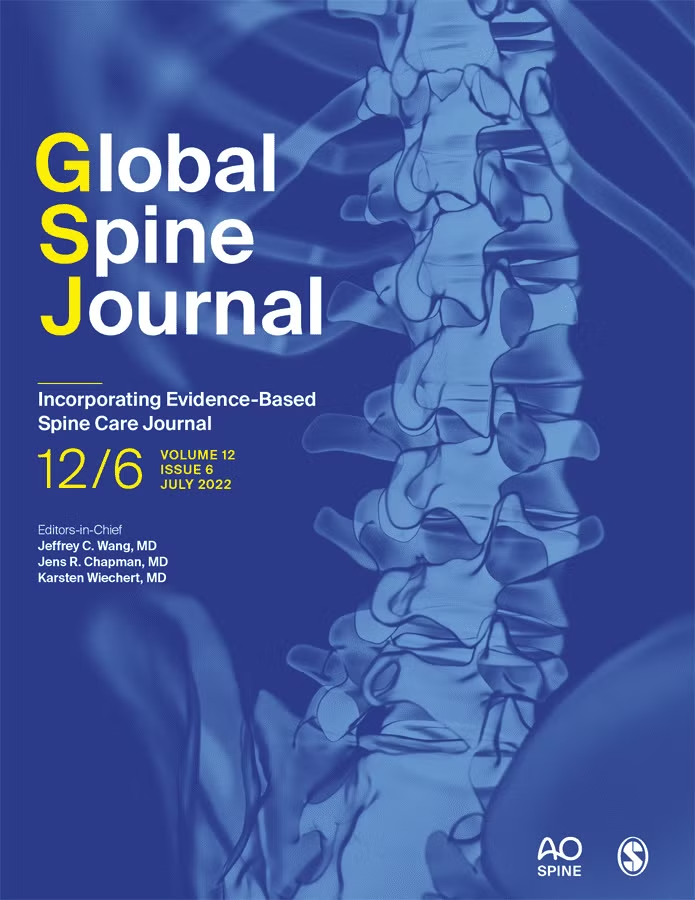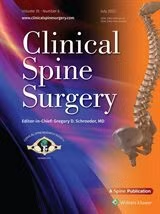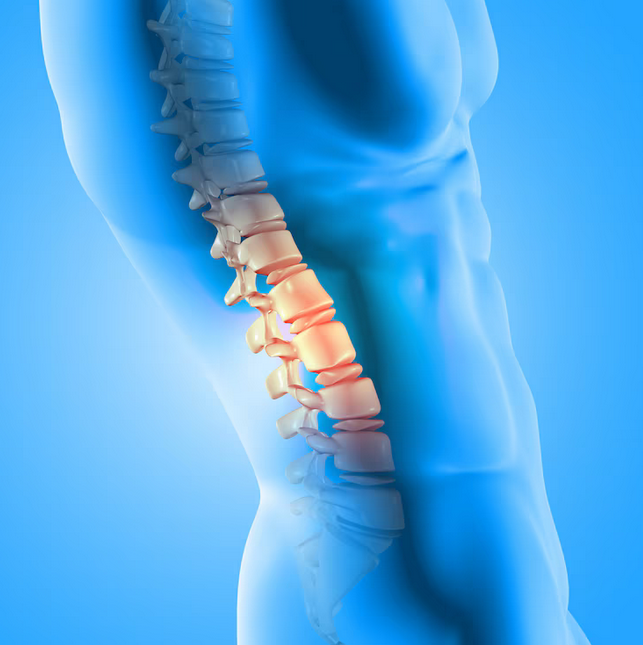
When it comes to spine surgery, many patients are understandably concerned about the risks, recovery time, and potential impact on their quality of life. Fortunately, advancements in medical technology have led to less invasive procedures that offer quicker recovery times and less post-operative pain. One such procedure is the minimally invasive laminectomy and discectomy, which is an effective solution for patients suffering from spinal stenosis, herniated discs, and other conditions affecting the spine. At Awake Spinal Fusion, we specialize in providing these cutting-edge treatments to help our patients regain their mobility and live pain-free lives.

Understanding the Spine and Common Issues
Before diving into the details of the procedure, it’s important to understand the basic anatomy of the spine and the common issues that can lead to the need for a laminectomy or discectomy.
The spine is made up of a series of bones called vertebrae, which are stacked on top of each other. Between each vertebra is a disc that acts as a cushion, absorbing shock and allowing for movement. The spinal cord, a crucial part of the nervous system, runs through the spinal canal, which is protected by these vertebrae.
Over time, factors such as aging, injury, or degenerative diseases can lead to conditions like spinal stenosis (narrowing of the spinal canal) or herniated discs (where the disc bulges out and presses on nerves). These conditions can cause significant pain, numbness, and weakness, severely impacting a person’s quality of life.
What Is a Minimally Invasive Laminectomy/Discectomy?
A laminectomy is a surgical procedure that involves the removal of a portion of the vertebra called the lamina to relieve pressure on the spinal cord or nerves. A discectomy, on the other hand, involves the removal of part or all of a herniated disc that is pressing on a nerve. When performed using minimally invasive techniques, these procedures are done through smaller incisions, resulting in less damage to the surrounding muscles and tissues.
Minimally invasive laminectomy/discectomy procedures are typically performed using specialized instruments and imaging technology, such as a microscope or endoscope, to precisely target the affected area. This approach reduces the need for large incisions and muscle dissection, leading to quicker recovery times and less postoperative discomfort.
The Benefits of Minimally Invasive Surgery
There are several key benefits to choosing a minimally invasive laminectomy or discectomy over traditional open surgery:
- Reduced Recovery Time: One of the most significant advantages of minimally invasive surgery is the reduced recovery time. Because the procedure involves smaller incisions and less disruption to the surrounding tissues, patients often experience less pain and can return to their normal activities more quickly.
- Less Postoperative Pain: Smaller incisions and less muscle dissection mean that patients typically experience less pain after surgery. This can lead to a reduced need for pain medications and a more comfortable recovery process.
- Minimal Scarring: The smaller incisions used in minimally invasive procedures result in minimal scarring, which is an important consideration for many patients.
- Lower Risk of Complications: Minimally invasive techniques are associated with a lower risk of complications such as infection and blood loss. The reduced trauma to the body also means there is less likelihood of postoperative issues like muscle weakness or chronic pain.
- Quicker Return to Daily Activities: With a faster recovery time and less postoperative pain, patients are often able to return to their daily activities, including work and exercise, much sooner than they would after traditional surgery.
What to Expect Before, During, and After the Procedure
Before the Procedure:
At Awake Spinal Fusion, we prioritize patient education and preparation. Before your surgery, you will undergo a thorough evaluation, including imaging tests such as MRI or CT scans, to determine the exact location and cause of your symptoms. Your surgeon will explain the procedure in detail, including any risks and benefits, and answer any questions you may have.
During the Procedure:
The surgery is typically performed under general anesthesia, meaning you will be asleep throughout the procedure. The surgeon will make a small incision in your back and use specialized instruments to remove the lamina or the herniated portion of the disc. The procedure usually takes between one and two hours, depending on the complexity of the case.
After the Procedure:
Most patients are able to go home the same day or after a short hospital stay. You will receive specific instructions on how to care for your incision, manage pain, and gradually resume activities. Physical therapy may be recommended to help you regain strength and flexibility.
Is Minimally Invasive Laminectomy/Discectomy Right for You?
Minimally invasive laminectomy and discectomy are excellent options for many patients, but they may not be suitable for everyone. Factors such as the severity of the spinal condition, the patient’s overall health, and previous spine surgeries can influence the decision.
At Awake Spinal Fusion, we are committed to providing personalized care tailored to each patient’s unique needs. Our experienced team will work closely with you to determine the best treatment approach, ensuring the best possible outcomes.
Conclusion
A minimally invasive laminectomy or discectomy can offer significant relief from the pain and discomfort caused by spinal stenosis, herniated discs, and other spinal conditions. With the benefits of reduced recovery time, less postoperative pain, and lower risk of complications, this advanced surgical technique is an excellent choice for patients seeking to regain their mobility and quality of life. If you are considering spine surgery, contact Awake Spinal Fusion today to learn more about how we can help you on your journey to better health.
